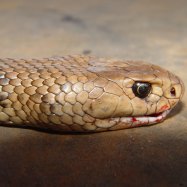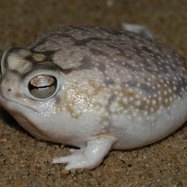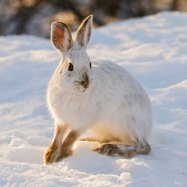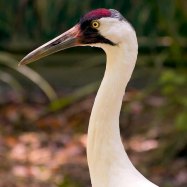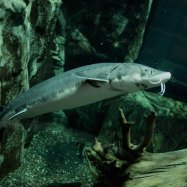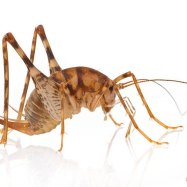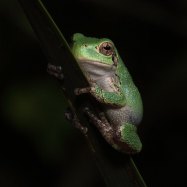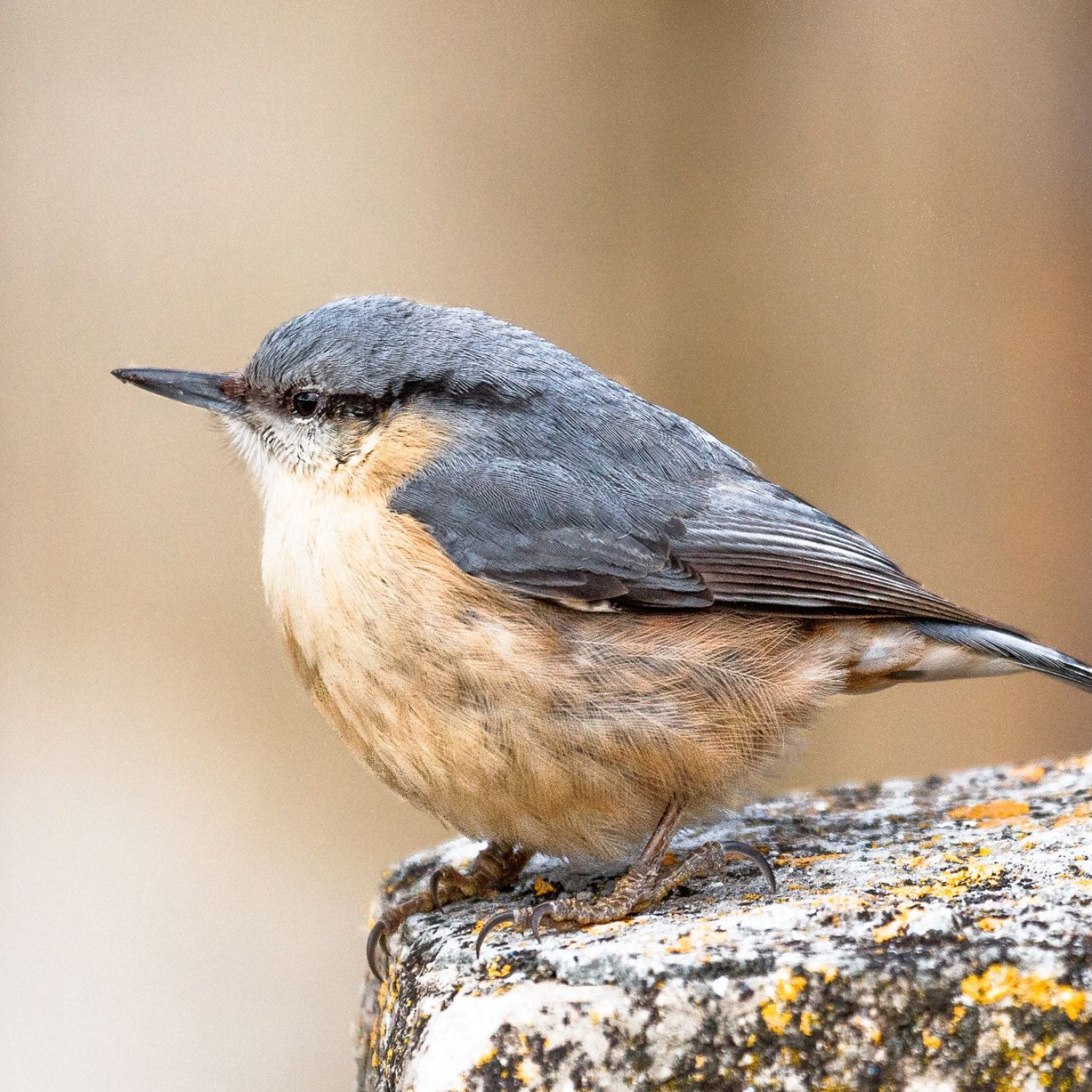
Eurasian Nuthatch
13-15 cm (5-6 inches)
The Eurasian Nuthatch, with its compact and sturdy body, can be found in woodlands and forests. Measuring 13-15 cm, it belongs to the Sittidae family. Also known as the 'Wood Nuthatch', they are known for their unique upside-down climbing abilities and can often be heard singing their distinctive calls in the trees. #Eurasian Nuthatch #Nuthatch #WoodlandBirds
Animal Details Summary:
Common Name: Eurasian Nuthatch
Kingdom: Animalia
Habitat: Deciduous and coniferous forests
The Versatile Eurasian Nuthatch: Master of Forests and Woodlands
Amidst the lush greenery, hidden in the canopies of deciduous and coniferous forests, the Eurasian Nuthatch reigns supreme. With its compact yet sturdy body and distinct blue-gray upperparts, this bird is a true marvel of nature. The scientific name of this species is Sitta europaea, but it is more commonly known as the Eurasian Nuthatch. Belonging to the kingdom Animalia and the phylum Chordata, this exceptional bird is a member of the class Aves and the order Passeriformes Eurasian Nuthatch. It is a part of the Sittidae family, which includes other nuthatch species found across the world.The Eurasian Nuthatch's habitat of choice is deciduous and coniferous forests, making its way through the dense vegetation with ease. Its feeding method is insectivorous, where it primarily feeds on insects and spiders found in trees and on the forest floor. This bird has a widespread geographical distribution, encompassing Europe and Asia, with its country of origin being Eurasia. It can be found in various locations, but it is most commonly seen in woodlands and forests, where it has adapted perfectly.
The striking blue-gray upperparts and rusty lowerparts of the Eurasian Nuthatch make it stand out from other birds in its habitat. Its body shape is compact and sturdy, with a length of 13-15 cm (5-6 inches). But don't let the small size deceive you - this bird is a force to be reckoned with. It possesses numerous outstanding features that make it a true master of the forests Eider.
One of the most notable features of the Eurasian Nuthatch is its ability to climb up and down tree trunks with ease. It utilizes its powerful legs and sharp claws to scale trees in search of food, while its strong tail acts as a support system. This behavior is known as "walking up walls," and it allows this bird to explore its habitat in a unique way that many other birds cannot.
The Eurasian Nuthatch is also known for its incredible adaptation skills. It can rotate its neck up to 180 degrees, giving it a 360-degree view of its surroundings. This feature allows it to scan its environment for potential predators or food sources. It also has a specialized bill, which curves slightly downward, allowing it to pry off bark and reach insects hidden in the trees.
Another remarkable aspect of the Eurasian Nuthatch is its nesting habits. It prefers to make its nest in tree cavities, often abandoned by woodpeckers. But what sets this bird apart is its ability to create a mud seal around the entrance of its nest, protecting it from predators and harsh weather conditions. This behavior is unique amongst birds and showcases the Eurasian Nuthatch's resourcefulness and intelligence.
But the Eurasian Nuthatch is not merely an expert at climbing trees and building nests. Its communication skills are also something to marvel at. It has a variety of calls, including a melodious song that is often compared to a flute. This song is used to attract a mate and defend its territory. It also has a distinctive "tok, tok" call that is used to communicate with other birds in its flock.
While the Eurasian Nuthatch is mostly an insectivore, it is also known to supplement its diet with seeds and nuts, especially during the winter months. This makes it a vital part of the ecosystem as it helps control insect populations, and its presence supports the growth of different tree species.
Unfortunately, the Eurasian Nuthatch, like many other bird species, is facing threats from habitat loss and fragmentation. Due to deforestation and urbanization, their natural habitat is shrinking, and this poses a risk to their survival. Climate change is also a concern as it affects the availability of insects and food sources for these birds.
But efforts are being made to protect and conserve the Eurasian Nuthatch and its habitat. Conservation organizations are raising awareness about the importance of preserving forests and implementing sustainable land management practices. This includes the creation of protected areas and the restoration of degraded habitats.
In addition, bird enthusiasts and nature lovers can contribute to the conservation of the Eurasian Nuthatch by providing artificial nesting boxes in their gardens or backyards. These birds readily use these boxes and are known to reuse them year after year. This provides a safe and suitable nesting site for the birds, helping to maintain their population.
In a world where the destruction of natural habitats is a pressing issue, the presence of the Eurasian Nuthatch in our forests is a sign of hope. Its versatile and adaptive nature reminds us of nature's resilience and the importance of protecting it. From its incredible tree-climbing abilities to its unique nesting habits and melodious songs, this bird continues to fascinate and captivate us. So, the next time you find yourself in a woodland or forest, keep an eye out for the elusive Eurasian Nuthatch, a true master of its environment.

Eurasian Nuthatch
Animal Details Eurasian Nuthatch - Scientific Name: Sitta europaea
- Category: Animals E
- Scientific Name: Sitta europaea
- Common Name: Eurasian Nuthatch
- Kingdom: Animalia
- Phylum: Chordata
- Class: Aves
- Order: Passeriformes
- Family: Sittidae
- Habitat: Deciduous and coniferous forests
- Feeding Method: Insectivorous
- Geographical Distribution: Europe and Asia
- Country of Origin: Eurasia
- Location: Woodlands and forests
- Animal Coloration: Blue-gray upperparts, rusty lowerparts
- Body Shape: Compact and sturdy
- Length: 13-15 cm (5-6 inches)
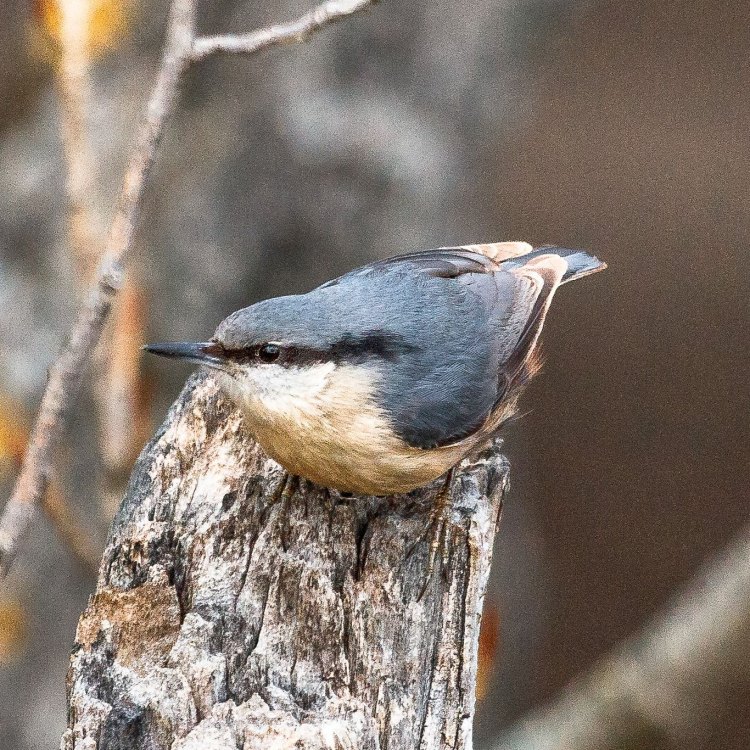
Eurasian Nuthatch
- Adult Size: Small
- Average Lifespan: Up to 2 years
- Reproduction: Monogamous
- Reproductive Behavior: Nest-building
- Sound or Call: Loud and repetitive song
- Migration Pattern: Resident
- Social Groups: Pairs or small family groups
- Behavior: Climbs down trees head-first
- Threats: Habitat loss and fragmentation
- Conservation Status: Least Concern
- Impact on Ecosystem: Helps control insect populations
- Human Use: None
- Distinctive Features: Short tail, strong bill
- Interesting Facts: Can walk upside-down on vertical surfaces
- Predator: Birds of prey, squirrels
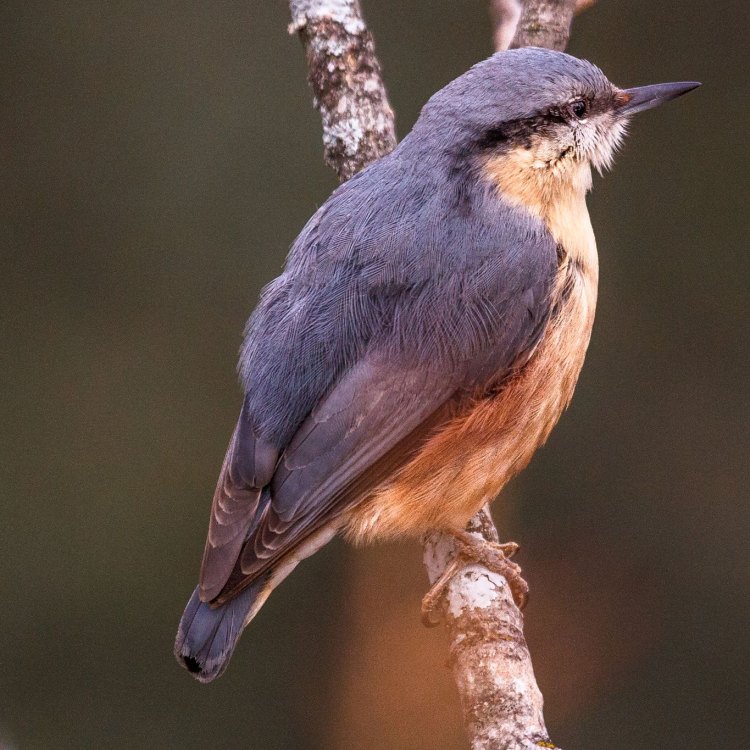
Sitta europaea
The Unique Ecosystem Role and Behaviors of the Eurasian Nuthatch
Nature is full of fascinating and diverse creatures, each with their own unique characteristics and behaviors. Among these is the small but mighty Eurasian Nuthatch, a bird species that has captured the attention of birdwatchers and nature enthusiasts around the world. With its distinctive features and interesting behaviors, the Eurasian Nuthatch plays an important role in its ecosystem and offers a glimpse into the complex and interconnected web of life.The Eurasian Nuthatch, scientifically known as Sitta europaea, is a small bird that can be found in temperate and boreal regions of Europe and Asia PeaceOfAnimals.Com. It is one of 25 species of nuthatch, a family of birds known for their ability to climb down trees head-first, using their strong claws and bills. The average adult size of the Eurasian Nuthatch is only about 5.5 inches, making it one of the smaller bird species. However, do not let its size fool you, as this bird has a lifespan of up to 2 years and can have a significant impact on its ecosystem.
One of the most fascinating aspects of the Eurasian Nuthatch is its reproductive behavior. They are monogamous birds, meaning they mate with the same partner throughout their lives. Nuthatches are known for their elaborate courtship rituals, where the male and female perform coordinated dance-like movements to attract each other. Once they have found a mate, they engage in nest-building, with both the male and female participating in the construction of the nest. They typically choose a tree cavity as their nesting spot, often an old woodpecker hole Elephant Bird. However, if a suitable cavity cannot be found, they are also known to build their own nests using mud, twigs, and lichen.
While they may be small in size, the Eurasian Nuthatch makes up for it with its loud and repetitive song. They have a distinct call that is easily recognizable – a loud and piercing 'hui-hui-hui' sound. It is believed that this song serves as a territorial call, helping pairs and family groups to communicate with each other and defend their territory. In addition to their song, they also have a variety of other vocalizations, including a quiet 'pee' sound used for communication between mates and a 'nu-nu-nu' sound used to communicate with their young.
Unlike other bird species that migrate long distances, the Eurasian Nuthatch is a resident bird, meaning it does not migrate. Instead, it stays in its home territory all year round, with pairs or small family groups of up to six birds. They are highly territorial birds and will defend their territory vigorously against other nuthatches, often engaging in loud and aggressive calls and displays. However, they do not have any social hierarchies within their groups, and all members are treated as equals.
Aside from their fascinating behaviors, the Eurasian Nuthatch also plays a vital role in its ecosystem. As insectivores, they feed primarily on insects and larvae found in tree bark and crevices. This makes them an important part of the food chain, as they help control insect populations, especially during breeding season when they need to find food for their growing young. Their strong bill allows them to easily dig for food, and their distinctive short tail helps them balance as they climb up and down trees. In addition to insects, they also eat seeds and nuts, making them vital in the dispersal of seeds and aiding in the growth of forests.
Unfortunately, like many other animal species, the Eurasian Nuthatch faces threats to its survival. Habitat loss and fragmentation due to deforestation and urbanization are significant threats to their existence. These birds require old-growth forests with large trees with cavities for nesting, making them vulnerable to habitat destruction. Climate change is another threat, as it can affect the availability of insects and the timing of breeding season, impacting the nuthatch's ability to care for its young.
Despite these threats, the Eurasian Nuthatch is currently classified as "Least Concern" on the International Union for Conservation of Nature (IUCN) Red List. This is due to its wide distribution and stable population. However, continued conservation efforts are crucial to ensure the long-term survival of this species. Protecting and preserving their habitat, especially old-growth forests, is essential for the Eurasian Nuthatch to thrive.
While the Eurasian Nuthatch may not have any direct human uses, its presence in nature brings joy and wonder to people around the world. Many birdwatchers and nature enthusiasts seek out these elusive birds, eagerly waiting for a glimpse of their unique behaviors and vocalizations. They also serve as an indicator species, reflecting the health of their habitat and the ecosystem as a whole. Through their distinctive features and behaviors, the Eurasian Nuthatch offers us a glimpse into the complexity and wonder of the natural world.
Like all animals, the Eurasian Nuthatch has its own set of predators, including birds of prey, squirrels, and even larger nuthatch species. However, they have adapted to protect themselves by having a loud call and a strong grasp, making it difficult for predators to catch them. They also have a unique ability to walk upside-down on vertical surfaces, which also helps them evade predators by maneuvering in ways that are difficult for predators to follow.
In conclusion, the Eurasian Nuthatch is a small but mighty bird species with a significant role in its ecosystem. From their fascinating reproductive behavior to their distinctive vocalizations and unique ability to climb down trees head-first, they are a source of wonder and amazement. And while they face threats to their survival, their presence serves as a reminder of the delicate balance of nature and the importance of preserving it. The next time you're out in nature, keep an eye out for this remarkable bird, and you may catch a glimpse of its amazing behaviors and contributions to the world around us.
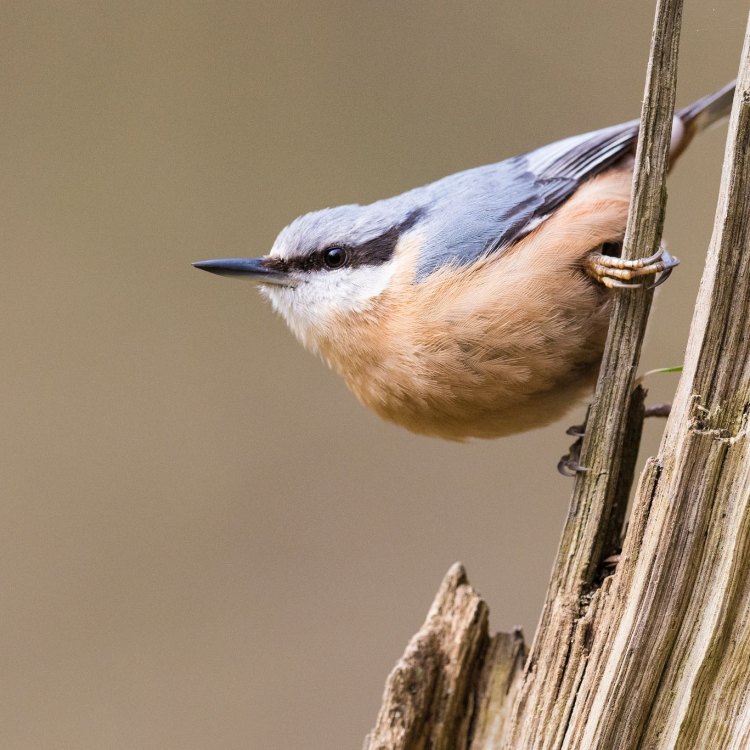
The Versatile Eurasian Nuthatch: Master of Forests and Woodlands
Disclaimer: The content provided is for informational purposes only. We cannot guarantee the accuracy of the information on this page 100%. All information provided here may change without prior notice.

